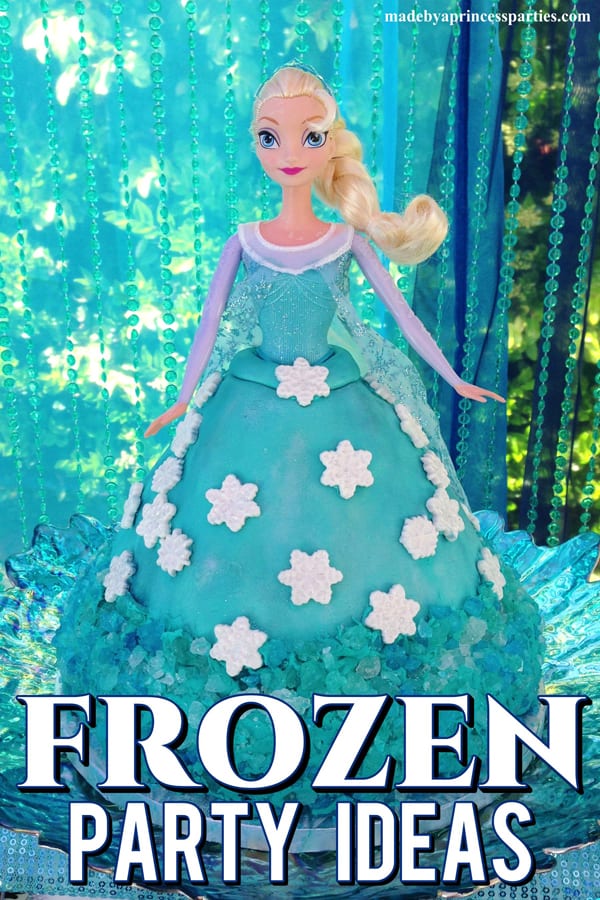

To simplify matters, lets say that the water in your glass is perfectly still before you start twirling, that the ice cube is away from the edge of the glass, and that the twirling is initiated smoothly so that there is no sloshing of the water in your glass. To get the ice cube to twirl by pure twirling of the glass, there need to be viscous stresses applied to the ice cube from the spinning water. That should make it reasonably obvious how fast the water at the surface is spinning. May I propose an experiment where you sprinkle your water with small particles just big enough to be seen as individual markers? Perhaps some small bits of paper could do the trick. And it may very well spin at an even slower angular momentum because it, too, must first be accelerated by the limited amount of hydrodynamic friction. The ice cube, however, makes it obvious how slowly it is spinning.

Hence you see some indication of it rotating, which your brain may easily mistake for it rotating with the glass because it is so hard to tell (and what other likely speed is there for visual reference?). What likely happens is that a tiny amount of the spin you impart on the glass gets transferred to the water. These shapes tend to move very differently from the water that forms them, because water simply rising and falling may give the illusion of a wave moving forward (if water in front starts such motion at a slightly later time). What we do perceive is the shape, waves, and ripples of the surface of the water. It is extremely difficult to see the motion of water or even just the exact position of its surface especially with calm water, this is a frequent cause of misjudged landings for pilots of sea or amphibious planes. Your assertion that spinning the glass causes the liquid in it to also spin may contain only a grain of truth and a lot of optical illusion.


 0 kommentar(er)
0 kommentar(er)
